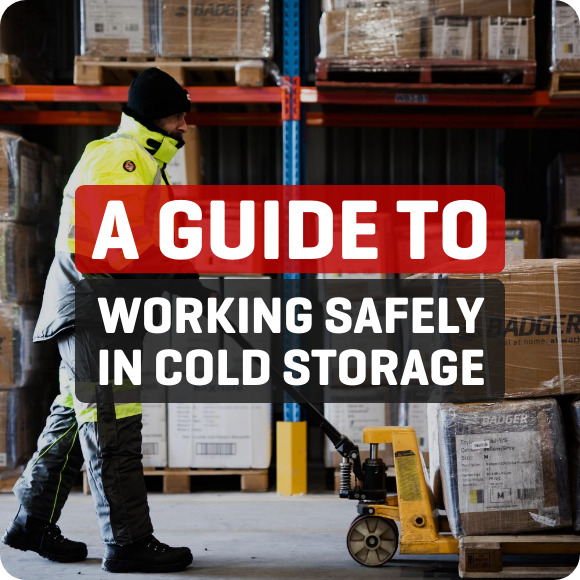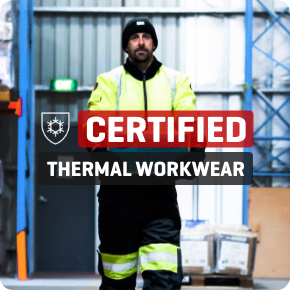
Exploring injury prevention and performance with podiatrist Talysha Reeve
Badger in partnership with Gator and P3, recently hosted an insightful webinar led by Talysha Reeve, an internationally recognised podiatrist, lecturer, and biomechanics specialist from the University of South Australia. The session explored how safety footwear design and fit directly influence the health, comfort, and productivity of logistics and warehouse workers and what employers can do to reduce injuries and absenteeism.
 Workplace injuries start from the ground up
Workplace injuries start from the ground up
Lower-limb injuries are among the most common causes of time off work in transport, postal, warehousing, and trade industries. Conditions such as plantar heel pain, tendinopathies, knee injuries, and ankle instability affect thousands of workers every year. In some sectors, over one in five employees report regular lower-limb pain linked to standing and walking on hard surfaces.
Research shared by Talysha shows that mechanical load exceeding the body’s capacity is a primary driver of injury and poor footwear can magnify that risk. Each additional gram in a work boot compound over thousands of steps, leading to fatigue, altered gait, and musculoskeletal strain.
The real cost of pain and lost time
The numbers are striking. Severe lower-limb trauma can account for over 1,700 lost working hours per person, while chronic heel pain can lead to three weeks or more of absence. Across the EU, it’s estimated that over 270 million workdays are lost annually due to lower-limb pain.
Beyond lost hours, many workers modify their duties or reduce productivity, a hidden cost known as presenteeism. For employers, this means reduced performance, higher compensation claims, and a growing need for better injury-prevention strategies.
Footwear matters more than you think
Talysha emphasised that while no shoe can eliminate risk entirely, the construction and fit of safety footwear play a vital role in reducing mechanical stress and supporting recovery.
Key features to consider include:
- Fit and upper design: To prevent rubbing, corns, and forefoot pain
- Midsole cushioning and flexibility: To minimise heel and tendon strain
- Heel pitch and weight: To reduce calf loading and fatigue
- Toe box depth and width: To accommodate foot shape and orthoses
Lightweight, flexible, and well-fitted footwear helps reduce musculoskeletal load and aids rehabilitation. In contrast, heavier or overly stiff boots can worsen symptoms or prolong recovery.
A proactive approach: the footwear audit
Employers looking to improve workplace safety and comfort can now book a Badger Footwear Audit. Packages include remote assessments, onsite evaluations, or podiatrist-led reviews all designed to help you:
- Identify risks linked to current footwear
- Select appropriate alternatives for your workforce
- Improve comfort and compliance
- Reduce absenteeism and injury recurrence


 Workplace injuries start from the ground up
Workplace injuries start from the ground up